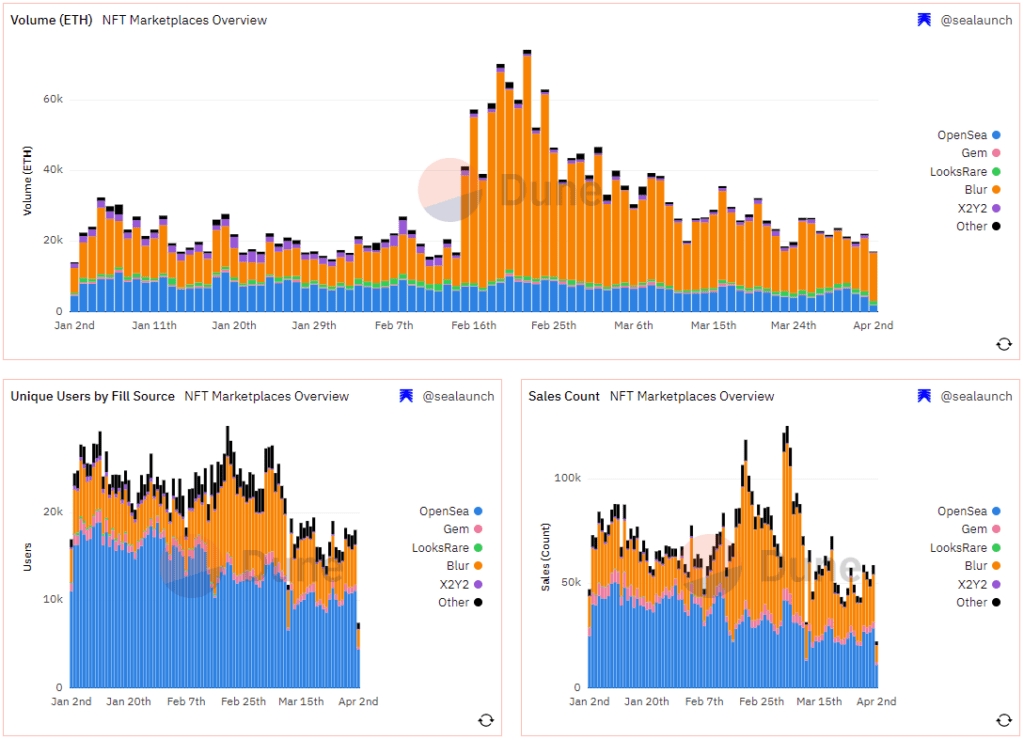Key takeaways:
- BIT Mining’s revenue fell 88% in the fourth quarter, as its net loss increased more than tenfold
- The company’s crypto holdings shrank sharply, indicating that it was disposing of more cryptocurrency than it was producing, as its main mining pool business appears to have nearly ground to a halt.
By Warren Yang
As the crypto winter rages on, there aren’t many ways for mining companies to warm investors’ hearts. One thing they can do is continue to accumulate digital assets using whatever capital they have left, even if weakness in these currencies causes their losses to increase. The hope is that the hoarding will pay off if and when spring for the industry finally arrives.
To BIT Mining Ltd. (NYSE:BTCM), though, such tactics aren’t really viable as it quickly depletes cash. This means that the company is in a helpless situation where it can only hope to cower around its rapidly disappearing cash pile and hope that spring comes sooner rather than later.
ENTER TO WIN $500 IN STOCKS OR CRYPTO
Enter your email and you’ll also receive Benzinga’s ultimate morning update AND a free gift card of $30 and more!
BIT Mining’s latest quarterly results, released last Friday, illustrate the company’s conundrum quite vividly. Revenue plunged about 88% year over year to just $61 million in last year’s fourth quarter. Not surprisingly, the company’s net loss for the three-month period more than doubled to around $123 million. For all of 2022, the crypto miner’s revenue more than halved to $650 million from the previous year, while its net loss more than tripled to $170 million.
Such dismal results are the norm these days for most crypto companies, given the deep downturn that has ravaged the industry since last summer. The big problem for BIT Mining is that its main mining operation seems to have almost stopped. The company’s digital assets were worth just $15 million at the end of last year, down sharply from $55 million the year before.
A drop in the value of a crypto miner’s assets alone does not necessarily mean that operations have slowed down. Obviously, if the prices of cryptocurrencies fall sharply, as they did last year, a portfolio’s overall value can fall even if new assets are added. But that doesn’t seem to be the case for BIT Mining. Bitcoin holdings at the end of last year shrank more than 36% in number to 289 units, while holdings of ether, which the company focuses on, fell by about 18% to 4,845 units.
The decline indicates that BIT Mining disposed of more assets than it produced. BIT Mining said it made a net profit of about $2 million from the sale of cryptocurrencies in the fourth quarter.
What hasn’t been said explicitly, but would be telling if true, is that the company appears to have put the brakes on its core business, which accounts for the bulk of its revenue. Such a sharp decline appears to have occurred based on the fact that costs associated with that operation fell 85% in the fourth quarter from a year earlier. The company recognizes the value of new cryptocurrencies characterized by the pool operation as income, and then pays out mining rewards to pool participants and books these as costs. These mining rewards make up a large part of BIT Mining’s operating expenses.
This is why an 84% drop in the company’s operating costs in the fourth quarter is more concerning than encouraging, as it shows that the company is paying far less to its pool mining participants as their activity falls.
High energy costs
Other costs, such as administrative expenses, pale in comparison to the costs of mining, and any reductions in these are relatively small. In other words, BIT Mining can’t really cut costs drastically without sacrificing its main mining pool business, hence our claim that the falling costs reflect a major pullback in that operation.
Another major cost for crypto miners is energy, whose prices have skyrocketed following Russia’s invasion of Ukraine. And the more mining a company does, the more computing power it needs and the bigger the energy bill. The combination of higher electricity costs and depressed cryptocurrency prices means that BIT Mining’s losses can only worsen if it ramps up its mining activities, depleting its already rapidly shrinking cash pile even faster. At the end of last year, cash and cash equivalents fell to just $5.4 million from nearly $20 million the year before, although the company raised $9.3 million in a new share sale last August.
BIT Mining, originally an online lottery seller that transformed into a crypto miner in 2021, has other operations. It mines its own cryptocurrencies in addition to its pool business. It also makes mining machines and operates data centers. But the income contributions from these are insignificant, and pool operations account for almost 90% of the company’s total income.
In a move that only highlights BIT Mining’s desperation to find some other source of income, it invested $2.4 million in short-term bonds at the end of last year – something it had never done in previous years. Likely aided by these investments, the company earned $150,000 in interest income last year.
Unlike BIT Mining, some of the world’s largest crypto miners have actually increased their activity recently to produce more digital assets. Among them US-based Riot Platforms (NASDAQ:RIOT), despite losing money in the first nine months of last year, minted 55% more units of bitcoin last December than the year before. It held nearly 7,000 units of the bellwether cryptocurrency at the end of last year, even after selling about 600 to generate $10 million in December. Another US-based miner, Marathon Digital Holdings (NASDAQ:MARA), also produced 30% more bitcoin last year than in 2021, although net losses widened.
Although BIT Mining’s latest quarterly results showed hardly any performance to cheer about, the stock jumped nearly 7% on the day the report was released, likely because the price of bitcoin jumped. Still, the stock is trading at a rock-bottom price-to-sales (P/S) ratio of just 0.02, a tiny fraction of Riot’s 2.8 and Marathon’s 5.2.
Understanding why such a large valuation gap exists does not require rocket science, as BIT Mining appears to be living on borrowed time and could quickly run out of options if the crypto market does not gain a more solid footing soon. The company can take some solace in the fact that crypto prices seem to have bottomed out and staged a mini-rally recently. Still, whether that marks the start of a new spring for crypto markets is still anyone’s guess, meaning BIT Mining’s fortunes will be up in the air.
























